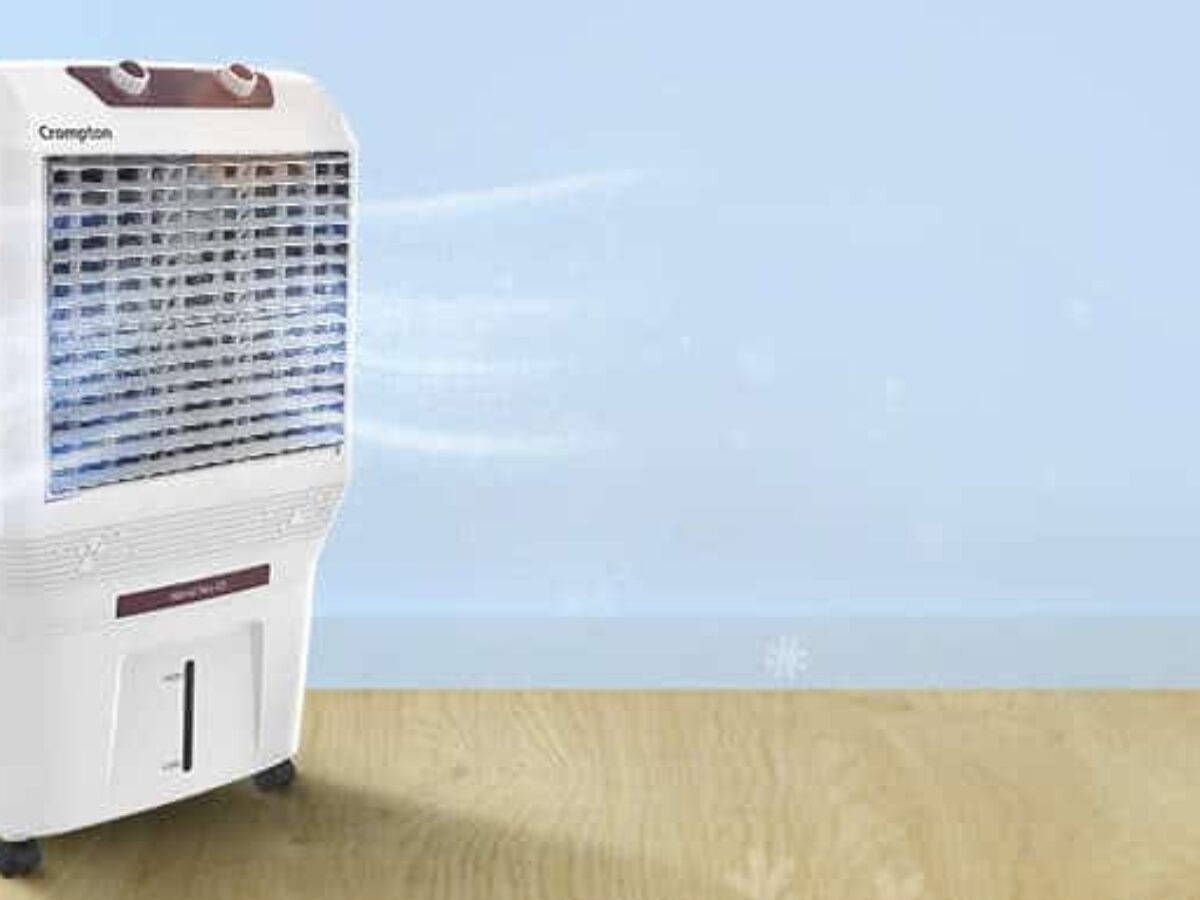

Articles
How To Use Air Cooler
Modified: December 6, 2023
Learn how to effectively use an air cooler with our informative articles. Discover tips, tricks, and recommendations to stay cool during hot summer days.
(Many of the links in this article redirect to a specific reviewed product. Your purchase of these products through affiliate links helps to generate commission for Storables.com, at no extra cost. Learn more)
How To Use Air Cooler
The scorching heat of summer can be unbearable, but luckily we have air coolers to provide us with relief. Air coolers are a cost-effective and eco-friendly alternative to air conditioners, making them a popular choice for home cooling. However, using an air cooler effectively requires some know-how. In this article, we will take you through the steps of using an air cooler to maximize its cooling potential.
Key Takeaways:
- Beat the heat with air coolers by choosing the right placement, preparing the unit, adjusting settings, and troubleshooting common issues for optimal cooling efficiency and comfort.
- Enjoy cost-effective, eco-friendly cooling with air coolers, offering energy efficiency, portability, improved air quality, and versatility for a refreshing and comfortable environment.
Read more: How To Make Air Cooler
Step 1: Placement of the Air Cooler
The first step in utilizing your air cooler is to find the perfect location for it. Choose an area that is well-ventilated and near an open window or door. This will allow the air cooler to draw in fresh air from outside and effectively cool the room. Make sure to place the air cooler on a stable surface and keep it away from any obstacles that may obstruct the airflow.
Step 2: Preparing the Air Cooler
Once you have found the ideal spot, it’s time to prepare the air cooler for use. Unpack the unit and assemble it according to the manufacturer’s instructions. Check the water level in the tank and fill it up if necessary. If you want an extra cooling effect, consider adding ice to the water tank. This will help to lower the temperature of the air being blown out by the cooler.
Step 3: Connecting and Adjusting the Settings
Next, plug in the power cord of the air cooler into a nearby electrical outlet. Some air coolers come with remote controls, while others have manual controls on the unit itself. Use the controls to adjust the fan speed and select the swing mode if available. Experiment with these settings to find the optimal combination that provides the desired cooling effect.
Step 4: Using the Air Cooler
Now that your air cooler is ready to go, it’s time to start using it effectively. Set the desired temperature on the air cooler, keeping in mind that lower settings will result in cooler air being circulated. Make sure to keep windows and doors closed to prevent hot air from entering the room. Additionally, consider using curtains or blinds to block out direct sunlight and further enhance the cooling effect.
Regular maintenance and cleaning of your air cooler are essential to ensure its optimal performance. Clean the water tank and filter regularly to prevent the buildup of dirt and bacteria. Follow the manufacturer’s instructions for cleaning to avoid damaging the unit. Additionally, keep an eye on the water level to ensure it does not go below the minimum level, as this can cause the motor to burn out.
Read more: How Do Air Cooler Works
Step 5: Troubleshooting Common Issues
Despite proper usage and maintenance, you may encounter some common issues with your air cooler. If you experience excessive noise, check for loose components and tighten them if necessary. In case of water leakage, inspect the water tank and connections to ensure everything is properly sealed. If the problem persists, it is best to consult the manufacturer or a professional technician for assistance.
Using an air cooler can provide you with much-needed relief during hot summer months. Its eco-friendly nature and cost-effectiveness make it a popular choice for many households. By following these steps and taking proper care of your air cooler, you can enjoy a cool and comfortable environment even on the hottest days.
Introduction
The scorching heat of summer can make it unbearable to be indoors without a reliable cooling solution. While air conditioners are commonly used for cooling, they can be expensive to purchase and operate, as well as contribute to higher energy consumption. This is where air coolers come in as a cost-effective and energy-efficient alternative for cooling your home or office.
The purpose of this article is to guide you on how to effectively use an air cooler to beat the heat and create a comfortable environment. By following these steps, you can make the most out of your air cooler and maximize its cooling potential while minimizing its impact on your energy consumption.
Importance of using an air cooler
Using an air cooler offers various advantages over traditional air conditioning systems. Here are a few reasons why using an air cooler is beneficial:
1. Energy Efficiency: Compared to air conditioners, air coolers consume significantly less energy. Air coolers work by utilizing the natural process of evaporation to cool the air, rather than using a refrigeration cycle like air conditioners. This makes them much more energy-efficient, resulting in lower electricity bills.
2. Environmentally Friendly: Air coolers do not use harmful refrigerants, making them an eco-friendly option for cooling. They also rely on the evaporation of water, which adds moisture to the air, helping to alleviate dryness and maintaining a comfortable humidity level.
3. Cost-effective: Air coolers are a budget-friendly alternative to air conditioners. They are generally more affordable to purchase, and the lower energy consumption means lower utility bills in the long run.
4. Portability: Air coolers are designed to be portable, allowing you to move them around your home or office as needed. This versatility makes them ideal for cooling specific areas or rooms, rather than cooling an entire building.
5. Health Benefits: Air coolers help to circulate fresh air by drawing in air from the outside, cooling it, and then blowing it into the room. This constant circulation of air helps to reduce the concentration of indoor pollutants and improve indoor air quality.
By understanding the purpose of this article and the importance of using an air cooler, you can see why it is worth exploring how to effectively use this cooling device. By following the steps outlined in the upcoming sections, you will be well-equipped to make the most out of your air cooler and enjoy a cool and comfortable environment during the hot summer months. So, let’s get started!
Key Takeaways:
- Beat the heat with air coolers by choosing the right placement, preparing the unit, adjusting settings, and troubleshooting common issues for optimal cooling efficiency and comfort.
- Enjoy cost-effective, eco-friendly cooling with air coolers, offering energy efficiency, portability, improved air quality, and versatility for a refreshing and comfortable environment.
Read more: How To Make Air Cooler
Step 1: Placement of the Air Cooler
The placement of your air cooler plays a crucial role in its overall performance. Choosing the right location and ensuring proper ventilation are key factors to consider for effective cooling. Here are some steps to follow:
Read more: Costway Air Cooler How To Use
Choosing the right location:
When selecting a spot for your air cooler, keep the following points in mind:
1. Accessibility: Choose a location that allows easy access to the air cooler for maintenance and refilling of the water tank. This will ensure a hassle-free experience and make it convenient to keep your air cooler in good working condition.
2. Proximity to a power source: Place your air cooler within reach of an electrical outlet so that you can easily connect it to a power source. This will eliminate the need for extension cords and prevent any potential trip hazards.
3. Strategic positioning: Consider placing your air cooler near the area where you spend the most time, such as the living room or bedroom. This way, you can benefit from the cool air directly without it being dispersed too quickly in larger spaces.
Ensuring proper ventilation:
Proper ventilation is essential for an air cooler to work effectively. Here’s what you need to do:
1. Open windows and doors: Position your air cooler near a window or door to allow for proper ventilation. This will ensure a constant flow of fresh air into the room, enabling the air cooler to draw in outside air and cool it effectively.
2. Cross-ventilation: If possible, create a cross-ventilation effect by opening windows or doors on opposite sides of the room. This will facilitate the circulation of air and maximize the cooling effect of the air cooler.
3. Clear obstructions: Ensure that there are no obstacles blocking the airflow around the air cooler. Keep curtains, furniture, or any other objects away from the unit, allowing the cool air to flow freely.
4. Outdoor ventilation: If you are using an air cooler in an outdoor space, make sure there is sufficient airflow around the unit. Avoid placing it in enclosed areas or tight corners that may restrict the circulation of air.
By choosing the right location for your air cooler and ensuring proper ventilation, you can optimize its cooling performance and create a comfortable and refreshing environment. Remember to regularly assess the placement of your air cooler and make adjustments if needed, depending on the layout and size of the room or area you wish to cool. Let’s move on to the next step!
Step 2: Preparing the Air Cooler
Once you have chosen the perfect location for your air cooler, it’s time to prepare the unit for optimal cooling. This includes unpacking and assembling the unit, as well as checking the water level and considering the addition of ice for an extra cooling effect. Here are the steps to follow:
Unpacking and assembling the unit:
1. Unpack the air cooler: Carefully remove the unit from its packaging, ensuring that you don’t damage any of the components. Check for any loose parts or accessories that may have come with the air cooler.
2. Read the instructions: Before proceeding with the assembly, read the instruction manual provided by the manufacturer. This will give you a clear understanding of the various parts and how to properly assemble them.
3. Assemble the unit: Follow the step-by-step instructions to assemble the different components of the air cooler. This typically involves attaching the water tank, connecting the fan, and securing any additional features such as air filters or oscillation mechanisms.
Read more: How To Store A Cooler When Not In Use
Checking the water level and adding ice if desired:
1. Water level check: Look for the water tank in your air cooler and check the water level. Ensure that the tank is filled to the recommended level indicated in the instruction manual. Having an adequate water level is crucial for the air cooler to function properly and provide efficient cooling.
2. Ice for extra cooling: If you desire an even cooler breeze, consider adding ice to the water tank. Most air coolers have a designated ice compartment or an opening to add ice directly into the water tank. The ice will help to lower the temperature of the air blown out by the cooler, creating a more refreshing effect.
3. Follow manufacturer’s guidelines: While adding ice to your air cooler can enhance the cooling experience, it’s essential to follow the manufacturer’s guidelines. Some units may have specific instructions or limitations on the amount of ice that can be added.
Once you have successfully prepared your air cooler by unpacking and assembling it, as well as checking the water level and adding ice if desired, you are now ready to move on to the next step. In the upcoming section, we will discuss how to connect the air cooler and adjust its settings for effective cooling.
Step 3: Connecting and Adjusting the Settings
With your air cooler prepared and ready for use, it’s time to connect it and make the necessary adjustments to optimize its cooling performance. This step involves plugging in the power cord and adjusting the fan speed and swing mode to suit your preferences. Let’s dive into the details:
Plugging in the power cord:
1. Locate the power cord: Find the power cord provided with your air cooler. It is usually detachable and designed to fit into a standard electrical outlet.
2. Plug in the power cord: Connect the power cord to the air cooler and then insert the plug into a nearby electrical outlet. Ensure the connection is secure to avoid any loose connections or power interruptions.
Adjusting the fan speed and swing mode:
1. Fan speed control: Most air coolers allow you to adjust the fan speed according to your preference. This can typically be done through a control panel on the unit or a remote control. Experiment with different fan speed settings to find the perfect balance between cooling and noise level.
2. Swing mode activation: Many air coolers feature a swing mode that allows the airflow to oscillate horizontally, distributing the cool air evenly across the room. Activate the swing mode through the control panel or remote control to enjoy a wider and more consistent cooling experience.
3. Additional settings: Depending on the model of your air cooler, you may have additional settings to customize the cooling experience. These can include timer functions, sleep modes, or even humidity control. Explore the features and options available to maximize the comfort and convenience provided by your air cooler.
Remember, each air cooler model may have different control options and features, so refer to the user manual provided by the manufacturer to familiarize yourself with the specific controls of your unit.
By connecting the power cord and adjusting the fan speed and swing mode, you can customize your air cooler’s settings to match your cooling needs and preferences. In the next section, we will discuss how to effectively use the air cooler to create a cool and refreshing environment while maintaining proper maintenance and cleaning.
Step 4: Using the Air Cooler
Now that your air cooler is connected and properly adjusted, it’s time to start using it effectively. This step involves setting the desired temperature, operating the air cooler efficiently, and implementing maintenance and cleaning practices to ensure its optimal performance. Let’s dive into the details:
Setting the desired temperature:
1. Temperature control: Most air coolers allow you to set the desired temperature through a digital display or control panel. Use the provided controls to adjust the temperature according to your comfort level.
2. Experiment with settings: Begin by setting the temperature slightly lower than the ambient temperature. As the air cooler continuously circulates cool air, adjust the temperature until you find your desired level of comfort. Remember, air coolers can provide effective cooling in dry climates, but their cooling ability may vary in areas with high humidity.
Operating the air cooler effectively:
1. Closed windows and doors: To maximize the cooling efficiency of your air cooler, keep windows and doors closed in the room you wish to cool. This prevents hot air from entering and allows the air cooler to cool the space more effectively.
2. Proper room sealing: Ensure that the room you are using the air cooler in is well-sealed. Seal any gaps or cracks around doors and windows to prevent cool air from escaping and hot air from entering.
3. Effective air circulation: To optimize the efficiency of your air cooler, use fans or ceiling fans in conjunction with the cooler. This will help distribute the cool air more evenly throughout the room.
Maintenance and cleaning tips:
1. Regular cleaning: Maintain the performance of your air cooler by cleaning it regularly. Follow the manufacturer’s instructions for cleaning the unit, including removing and cleaning the water tank, filters, and air vents. This helps prevent the build-up of dust, mold, and bacteria, which can affect its efficiency.
2. Water level maintenance: Monitor the water level in the air cooler’s tank to ensure it remains within the recommended range. Refill the tank when necessary to keep the air cooler working effectively.
3. Filter maintenance: If your air cooler has a filtration system, clean or replace the filters regularly based on the manufacturer’s recommendations. This will help maintain optimal airflow and prevent dust and pollutants from recirculating in the room.
4. Storage: If you plan to store your air cooler during the off-season, make sure it is thoroughly cleaned and dried before storage. Store it in a cool, dry place to prevent damage and to ensure it functions properly when you need it again.
By setting the desired temperature, operating the air cooler effectively, and following proper maintenance and cleaning practices, you can enjoy the full cooling potential of your air cooler. In the next step, we will explore common issues with air coolers and provide troubleshooting tips.
Read more: How Do Air Cooler Works
Step 5: Troubleshooting Common Issues
Although air coolers are generally reliable and easy to use, you may encounter some common issues from time to time. In this step, we will discuss how to identify and solve these common problems, including dealing with noise or water leakage. Let’s get started:
Identifying and solving common problems:
1. Insufficient cooling: If you find that your air cooler is not providing adequate cooling, check the following:
– Water level: Ensure that the water tank is filled to the recommended level. Insufficient water can result in reduced cooling efficiency.
– Airflow restriction: Check if there are any obstructions blocking the airflow, such as a clogged filter or dirty vents. Clean or replace the filter, and ensure that the vents are not obstructed.
– Ventilation: Verify that the room is properly ventilated, allowing the air cooler to draw in fresh air from outside.
2. Foul odor or unpleasant smell: If you notice a bad smell coming from the air cooler, follow these steps:
– Clean the water tank and filter: Stagnant water and debris can cause foul odors. Clean the water tank, replace the water, and clean or replace the filter as per the manufacturer’s instructions.
– Use fresh and clean water: Avoid using tap water with a high mineral content, as it can contribute to odors. Consider using filtered or distilled water instead.
3. Cooling effectiveness in high humidity: Air coolers work best in dry climates. In areas with high humidity, the cooling effect may be less pronounced. To improve cooling efficiency:
– Increase airflow: Use fans or open windows to increase the airflow in the room.
– Add ice: Adding ice to the water tank can help lower the temperature of the air blown out by the cooler, providing a cooler sensation.
– Use lower fan speeds: Lower fan speeds can help humid air to absorb more moisture, resulting in a more comfortable environment.
Dealing with noise or water leakage:
1. Noise issues:
– Loose components: Check for loose screws or connections and tighten them if needed.
– Fan blades: Inspect the fan blades for any debris or obstructions. Clean the blades if necessary.
– Motor issues: If the noise persists, there may be an issue with the motor. In this case, contact the manufacturer or a professional technician for assistance.
2. Water leakage:
– Check water level: Ensure that the water level is within the recommended range. If it exceeds the maximum level, it can cause water leakage.
– Damaged seals or valves: Inspect the water tank, drain valves, and seals for any damage. Replace them if necessary.
– Proper installation: Ensure that the air cooler is properly assembled and sealed. Tighten any loose fittings or connections to prevent water leakage.
If the issue persists or if you encounter any other problems with your air cooler, it is best to consult the manufacturer’s troubleshooting guide or contact their customer support for further assistance.
By being proactive and troubleshooting common issues promptly, you can ensure that your air cooler performs optimally and provides the desired cooling experience. With these troubleshooting tips in hand, you can now confidently use and maintain your air cooler.
Make sure to place the air cooler near an open window or door to allow for proper ventilation and circulation of cool air. This will maximize its cooling efficiency.
Conclusion
In conclusion, successfully using an air cooler involves a series of steps that ensure maximum cooling efficiency and comfort. By following the steps outlined in this article, you can make the most of your air cooler and enjoy a cool and refreshing environment during hot summer months.
To recap, here are the key points discussed:
1. Placement of the Air Cooler: Choose the right location for your air cooler and ensure proper ventilation for optimal cooling performance.
2. Preparing the Air Cooler: Unpack and assemble the unit, check the water level, and consider adding ice for an extra cooling effect.
3. Connecting and Adjusting the Settings: Plug in the power cord and adjust the fan speed and swing mode to suit your preferences.
4. Using the Air Cooler: Set the desired temperature, operate the air cooler effectively, and implement proper maintenance and cleaning practices for optimal performance.
5. Troubleshooting Common Issues: Identify and solve common problems such as insufficient cooling, foul odor, or noise and water leakage.
Now, let’s discuss the benefits of using an air cooler for cooling purposes:
1. Energy Efficiency: Air coolers are more energy-efficient than traditional air conditioners, resulting in lower electricity bills and reduced environmental impact.
2. Cost-Effectiveness: Air coolers are generally more affordable to purchase and operate compared to air conditioners, making them a cost-effective cooling solution.
3. Eco-Friendly: Air coolers use the natural process of evaporation and do not rely on harmful refrigerants, making them an environmentally friendly choice.
4. Portability: Air coolers are often lightweight and portable, allowing you to move them around your home or office as needed for targeted cooling.
5. Improved Air Quality: Air coolers circulate fresh air, which helps reduce indoor pollutants and improves indoor air quality.
6. Versatility: Air coolers can be used both indoors and outdoors, allowing you to enjoy cool air in various settings and environments.
By harnessing the benefits of an air cooler, you can create a comfortable and cool environment while minimizing energy consumption and contributing to a greener planet.
So, whether you’re looking for an alternative to air conditioning or simply want to enhance your cooling options, an air cooler can be a valuable addition to your home or office.
With the information and guidance provided in this article, you are now equipped with the knowledge to effectively use, maintain, and troubleshoot your air cooler. Stay cool and enjoy the refreshing breeze!
Frequently Asked Questions about How To Use Air Cooler
Was this page helpful?
At Storables.com, we guarantee accurate and reliable information. Our content, validated by Expert Board Contributors, is crafted following stringent Editorial Policies. We're committed to providing you with well-researched, expert-backed insights for all your informational needs.
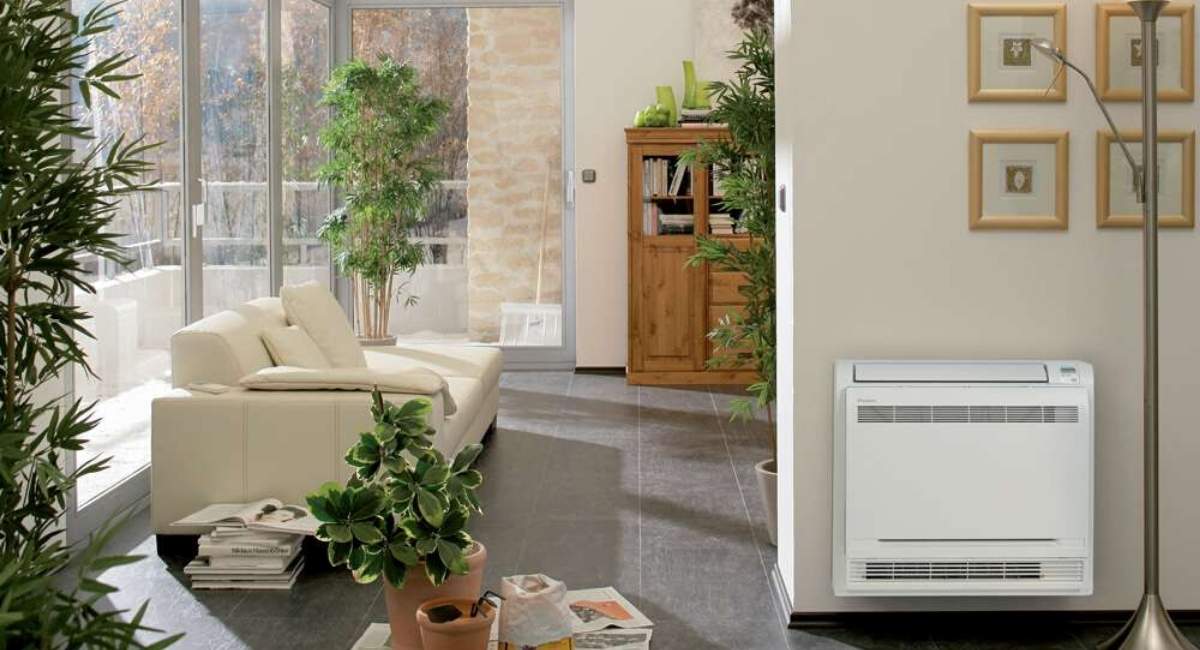
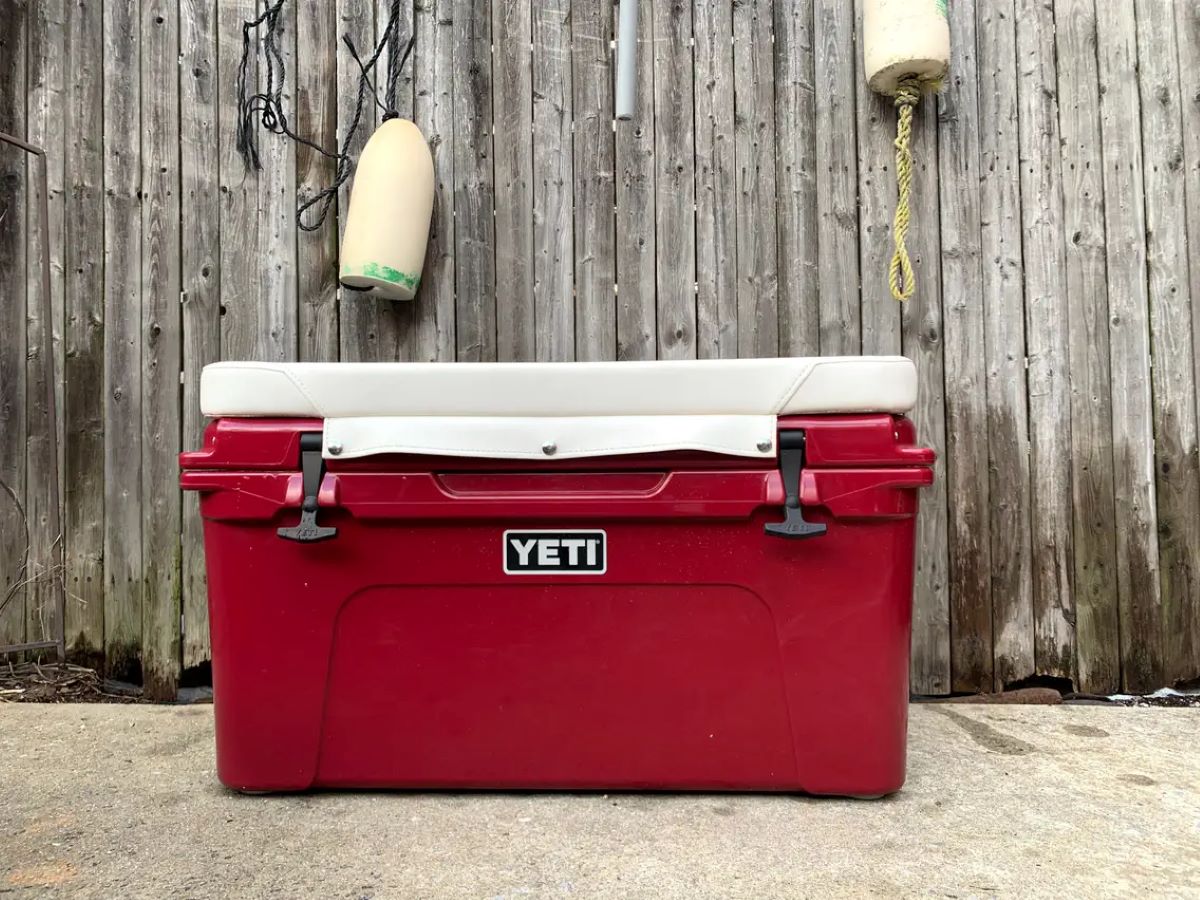
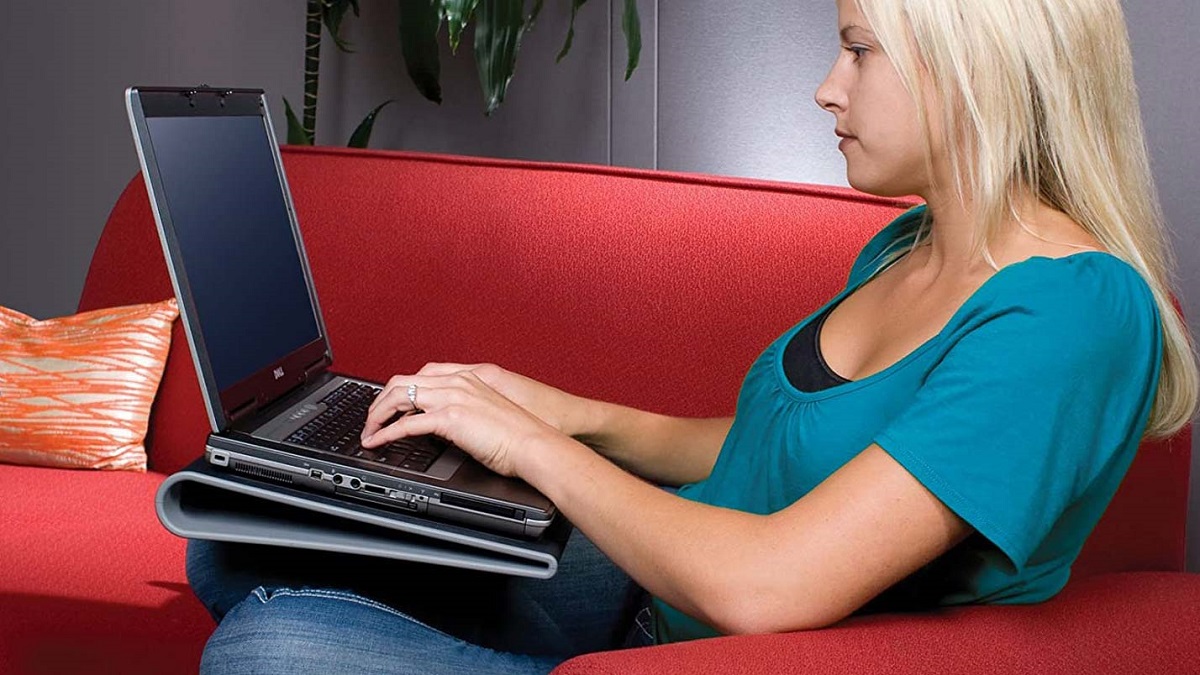
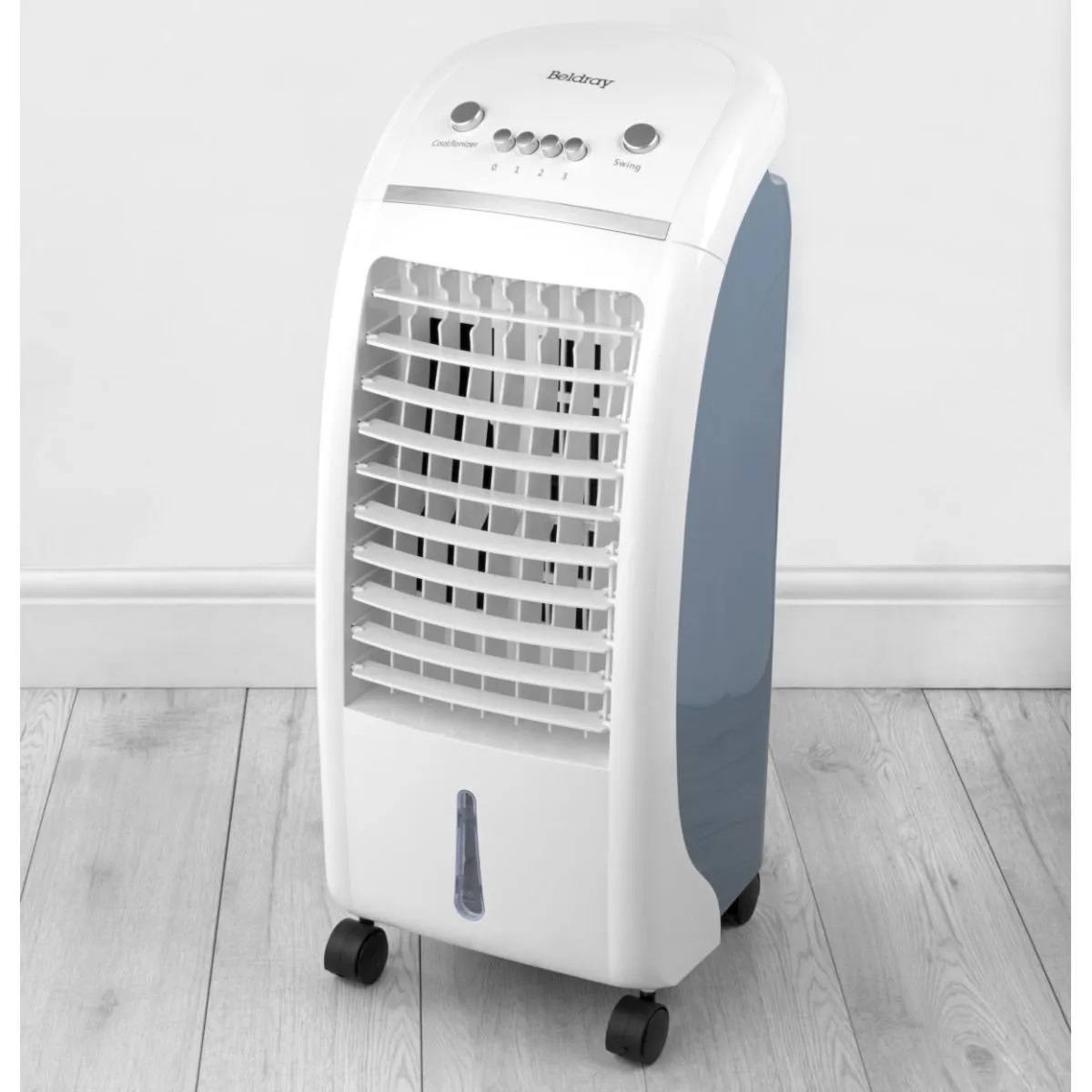
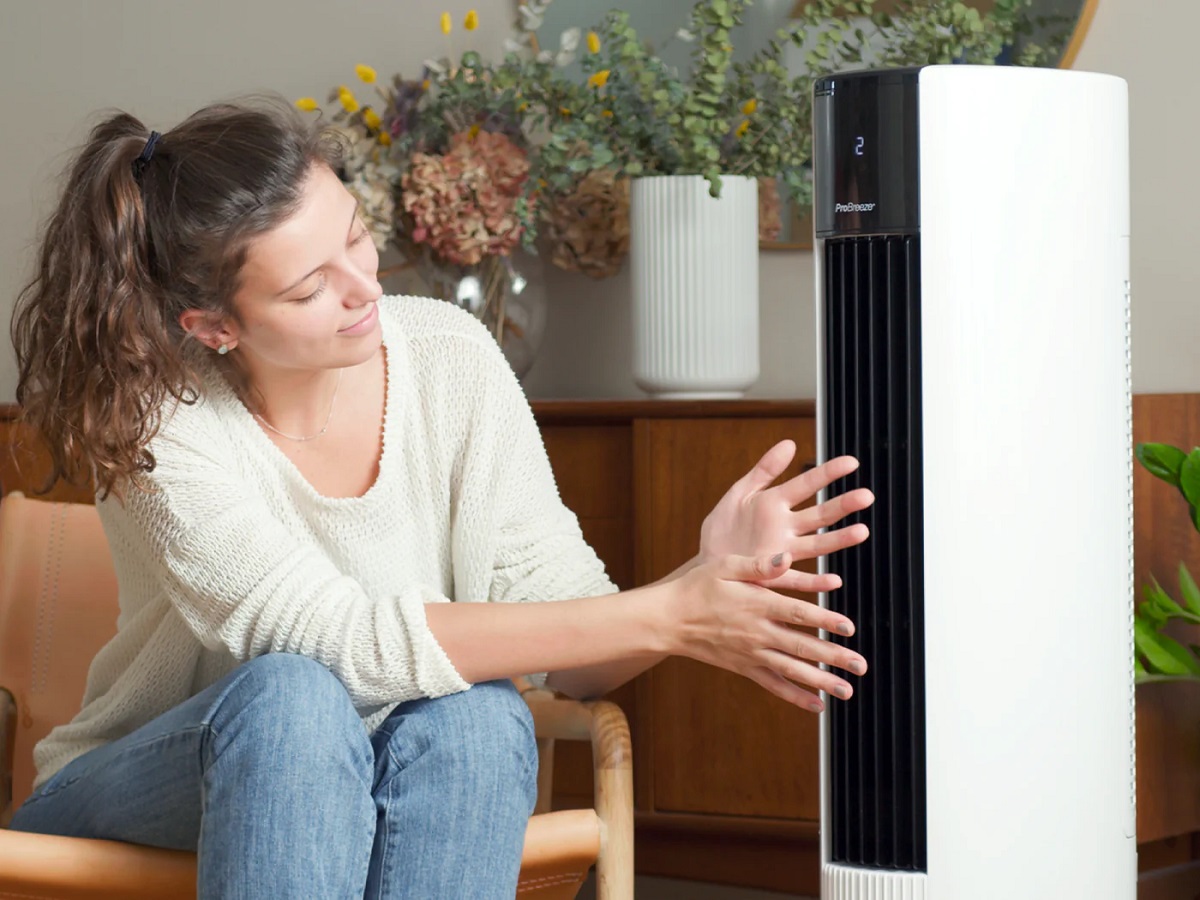
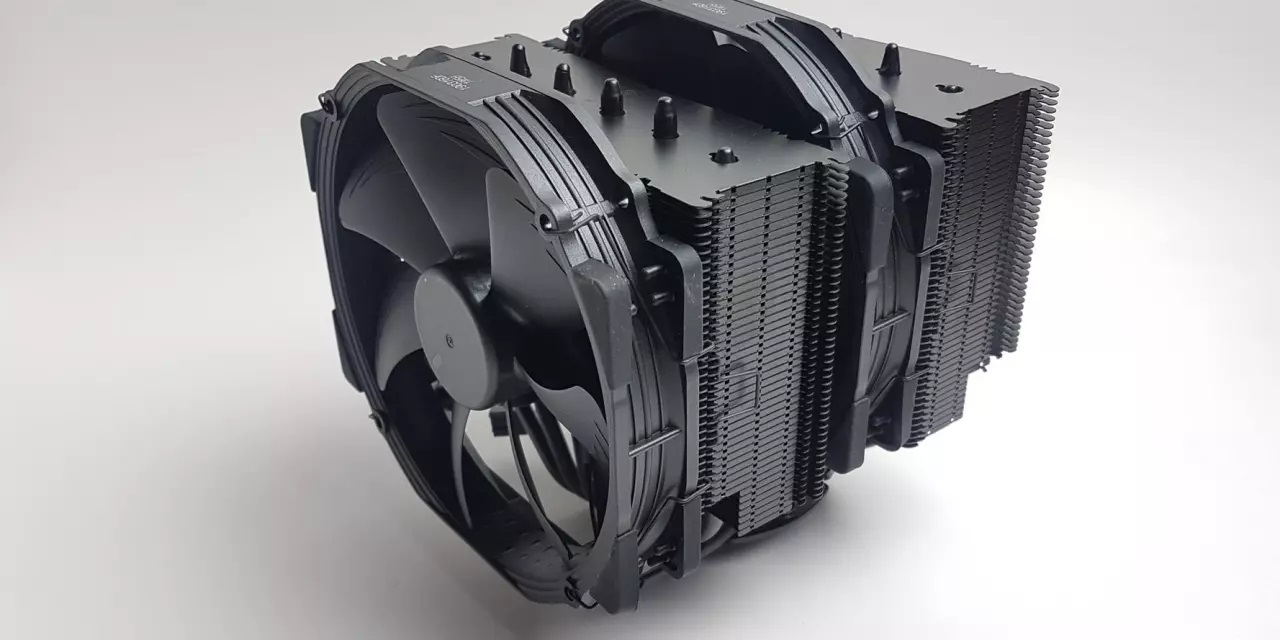
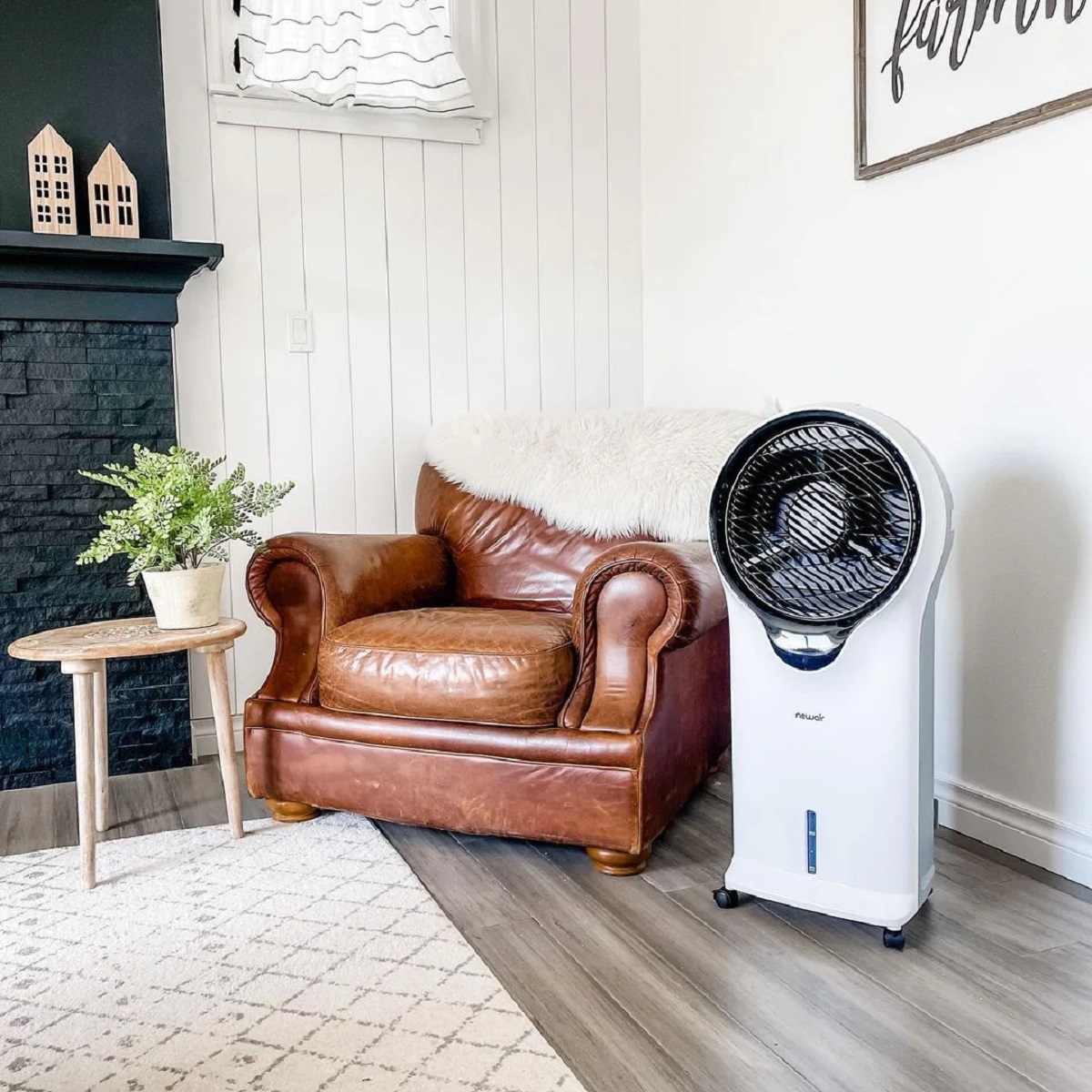
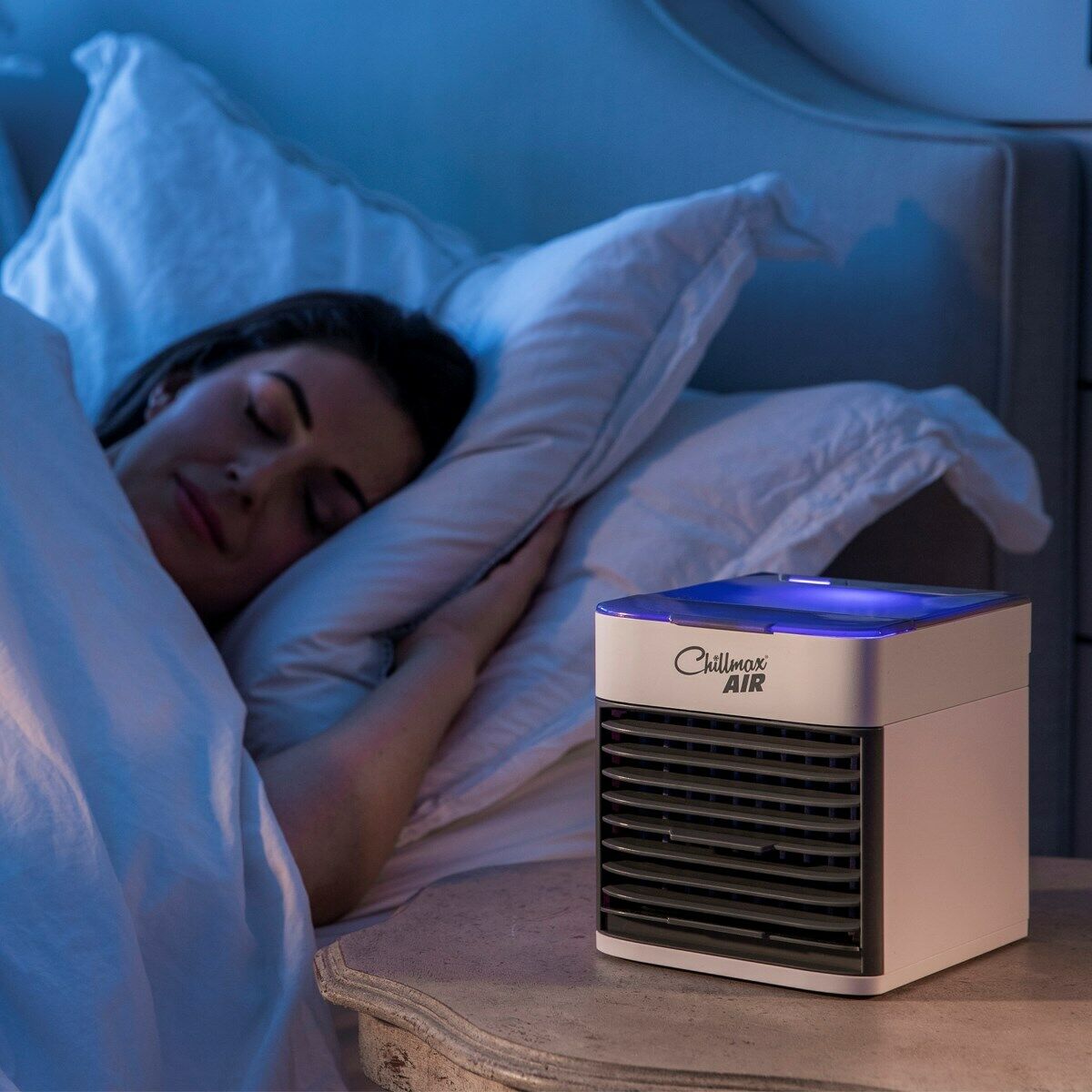
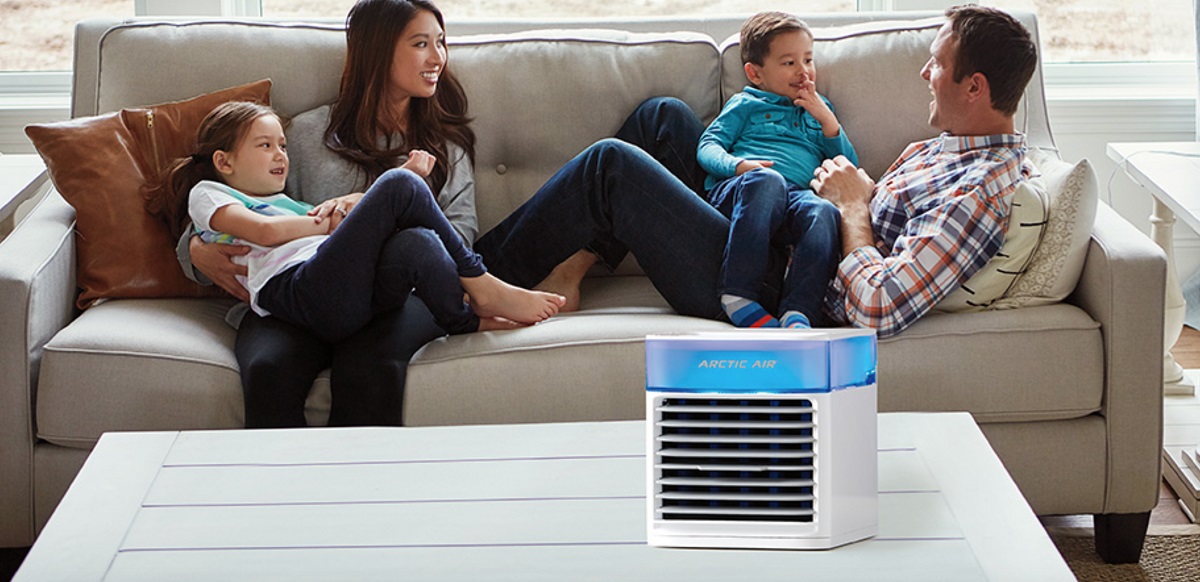
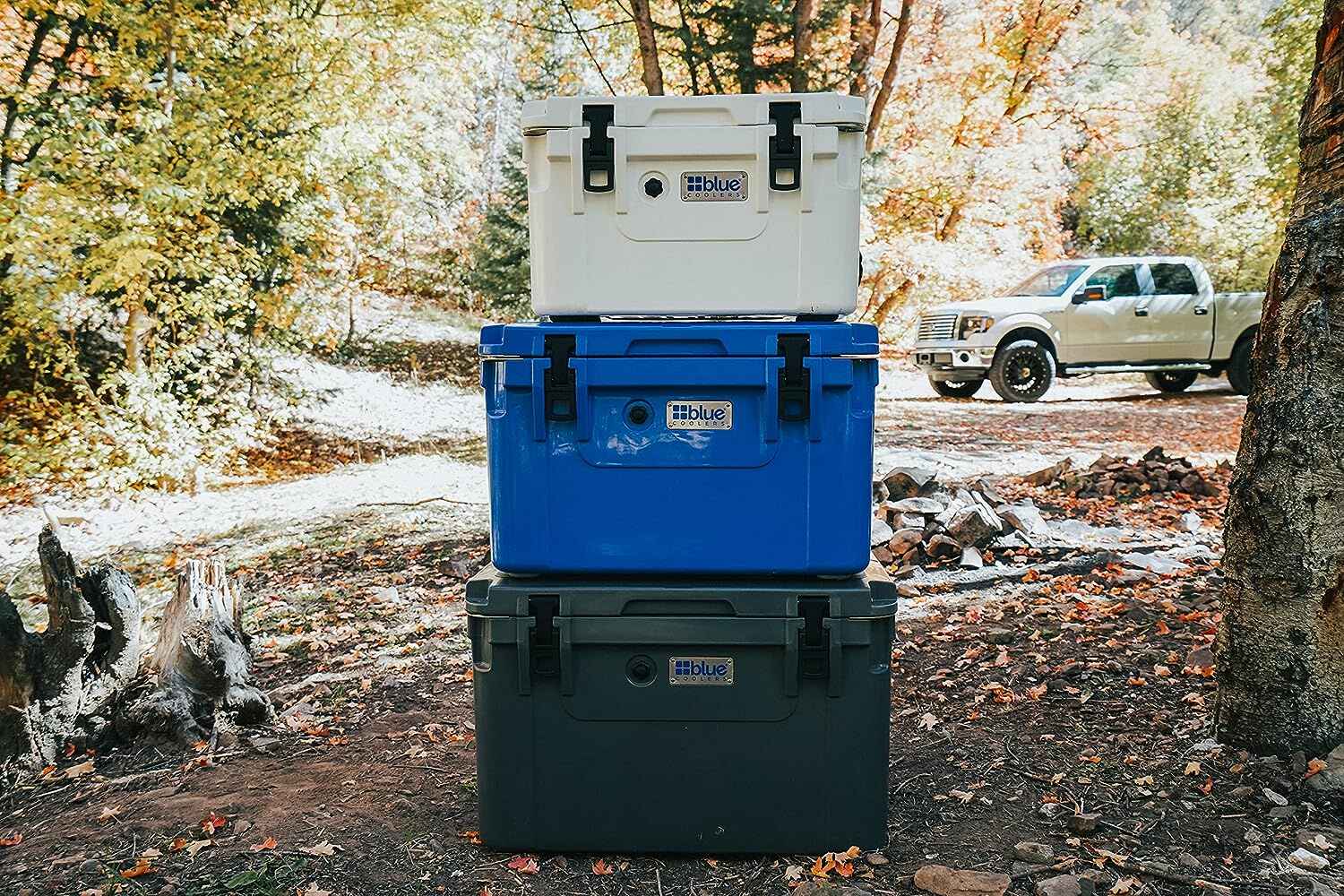

0 thoughts on “How To Use Air Cooler”